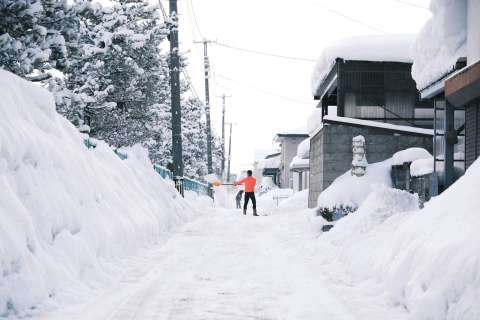Dear Doctors: Can you help with a debate my wife and I are having about good balance? I say it’s about staying strong and flexible. She thinks it has to do with your inner ear. We’re arguing about this because her dad, who is 75 and in good health, has started to worry about balance.
Dear Reader: For the sake of family harmony, we’re glad to be able to say that you are both correct. Your sense of balance is actually quite complex, and the inner ear, as well as strength and flexibility, each play an important role.
Balance begins with a nonstop stream of information gathered by several systems in the body. These include the eyes, which are part of the visual system, and which help you to orient yourself in space. The muscles, joints and tendons, which are part of the musculoskeletal system, contain special sensors that provide something known as proprioceptive input. Sometimes also referred to as kinesthesia, it’s the body's ability to sense its own movement, actions and location. The inner ear contains something known as the vestibular system. About the size of a quarter, it’s an intricate structure made up of fluid-filled canals, sacs and cavities that are lined with fine hairs and other specialized cells. It provides information about head position, spatial orientation and motion. All three of these systems are continually sending their findings to certain areas of the brain. This flood of data gets processed, and the result is the ability to stand, move and perform tasks and remain balanced.

The other important components of balance are, as you have pointed out, strength and flexibility. Both are required to keep the body upright and under control. Good balance relies on the muscles of the feet, legs, buttocks, abdominals and torso. And, yes, that’s basically the entire body.
Resistance training and weightlifting will build strength and stamina, while practices such as yoga, tai chi, Pilates or targeted stretching exercises will help with flexibility. Simple things, such as standing on one foot for a period of time while watching TV or waiting in a line, always rising from a chair without an assist from your arms, practicing walking backward or walking heel-to-toe in a straight line all directly target balance.
And while this may come as a surprise, it’s not just older adults, like your father-in-law, who need to think about stability. Researchers have found that balance begins to decline in midlife, starting at about age 50. In one recent study, adults in their 30s and 40s could stand on one foot for a minute or more. At age 50, the time decreased to 45 seconds. At 70, study participants managed 28 seconds. By age 80 and older, they lasted less than 12 seconds standing on one foot. Just as sobering is the fact that one-third of adults 65 and older suffer a fall each year, with outcomes ranging from a bruise or a sprain to broken bones and concussion -- or worse. A focus on balance is a great idea for your father-in-law, and for you and your wife, as well.
(Send your questions to [email protected], or write: Ask the Doctors, c/o UCLA Health Sciences Media Relations, 10960 Wilshire Blvd., Suite 1955, Los Angeles, CA, 90024. Owing to the volume of mail, personal replies cannot be provided.)



